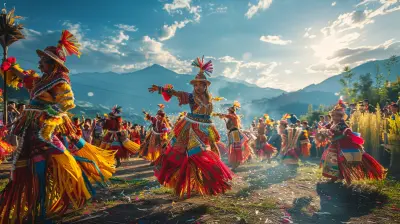Angkor Wat: A Temple Complex Unlike Any Other
30 July 2025
Have you ever stumbled upon a place that felt so out of this world, you had to blink twice to make sure it was real? That’s exactly what the experience is like when you set foot in Angkor Wat. It’s not just another ancient temple—or even just a UNESCO World Heritage site. Nope. Angkor Wat is the crown jewel of Cambodia and one of the most jaw-dropping testaments to human creativity and spiritual devotion in all of history.
Let’s dive into why Angkor Wat isn’t just a stop on your travel itinerary—it’s the destination you’ll talk about for the rest of your life.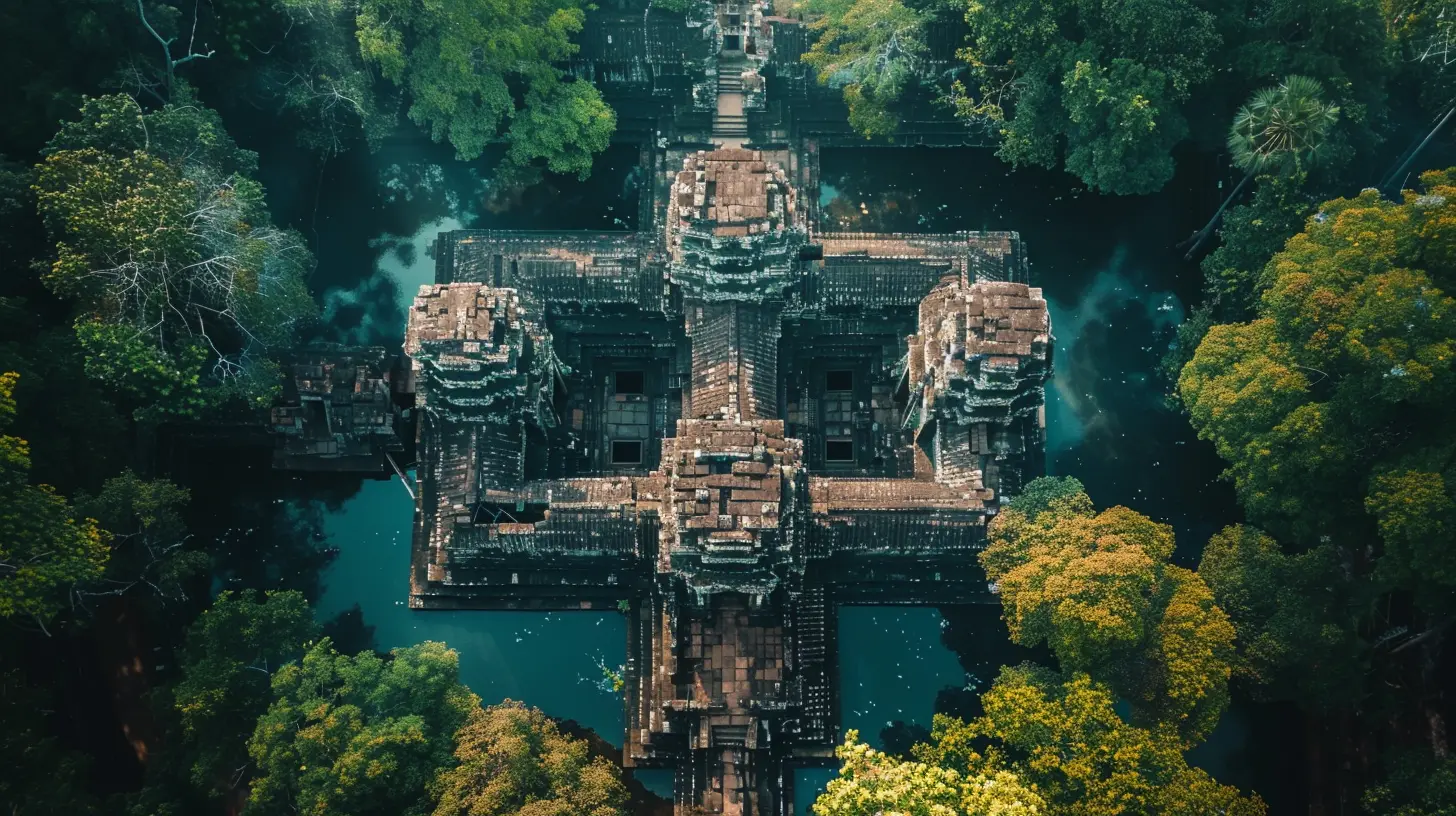
What is Angkor Wat?
First things first—what exactly are we talking about here?Angkor Wat is a colossal temple complex in Siem Reap, Cambodia. Think of it like the Grand Canyon of temples. Spanning over 400 acres, it's the largest religious monument in the world. Built in the early 12th century by King Suryavarman II, it was originally dedicated to the Hindu god Vishnu but later transformed into a Buddhist temple.
That’s right—it’s a Hindu-Buddhist hybrid, pulling spiritual weight from not just one, but two of the world’s most influential religions. If temples were celebrities, Angkor Wat would be Beyoncé.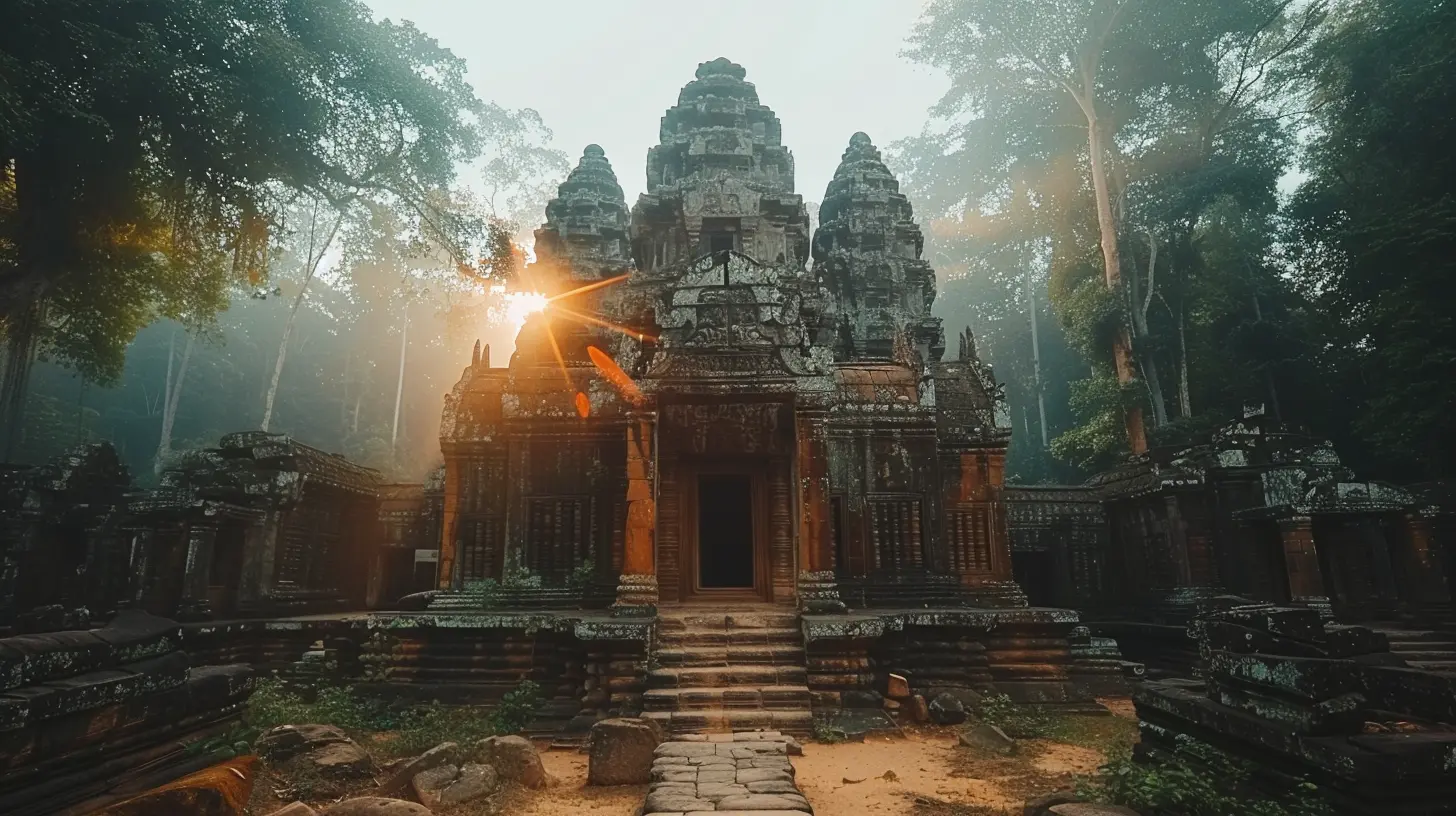
A Quick Peek Into Its History
So, what’s the story behind all these stones?By the early 1100s, the Khmer Empire was at its peak, stretching across much of Southeast Asia. Suryavarman II, the king with both ambition and vision, wanted a capital that reflected divine order—not just a palace, but a whole heaven on Earth. And what better way to impress both gods and men than by building one of the most complex architectural masterpieces ever attempted?
Constructed over three decades (yep, 30+ years of hauling sandstone), this wasn’t your regular weekend DIY project. They carted in millions of sandstone blocks—some weighing up to 1.5 tons—from a quarry more than 30 miles away. Just wrapping your head around the logistics makes modern city planning look like child’s play.
Fast forward a few centuries and the jungle starts swallowing Angkor. Explorers “rediscovered” it in the 19th century, and ever since, it’s held the world spellbound.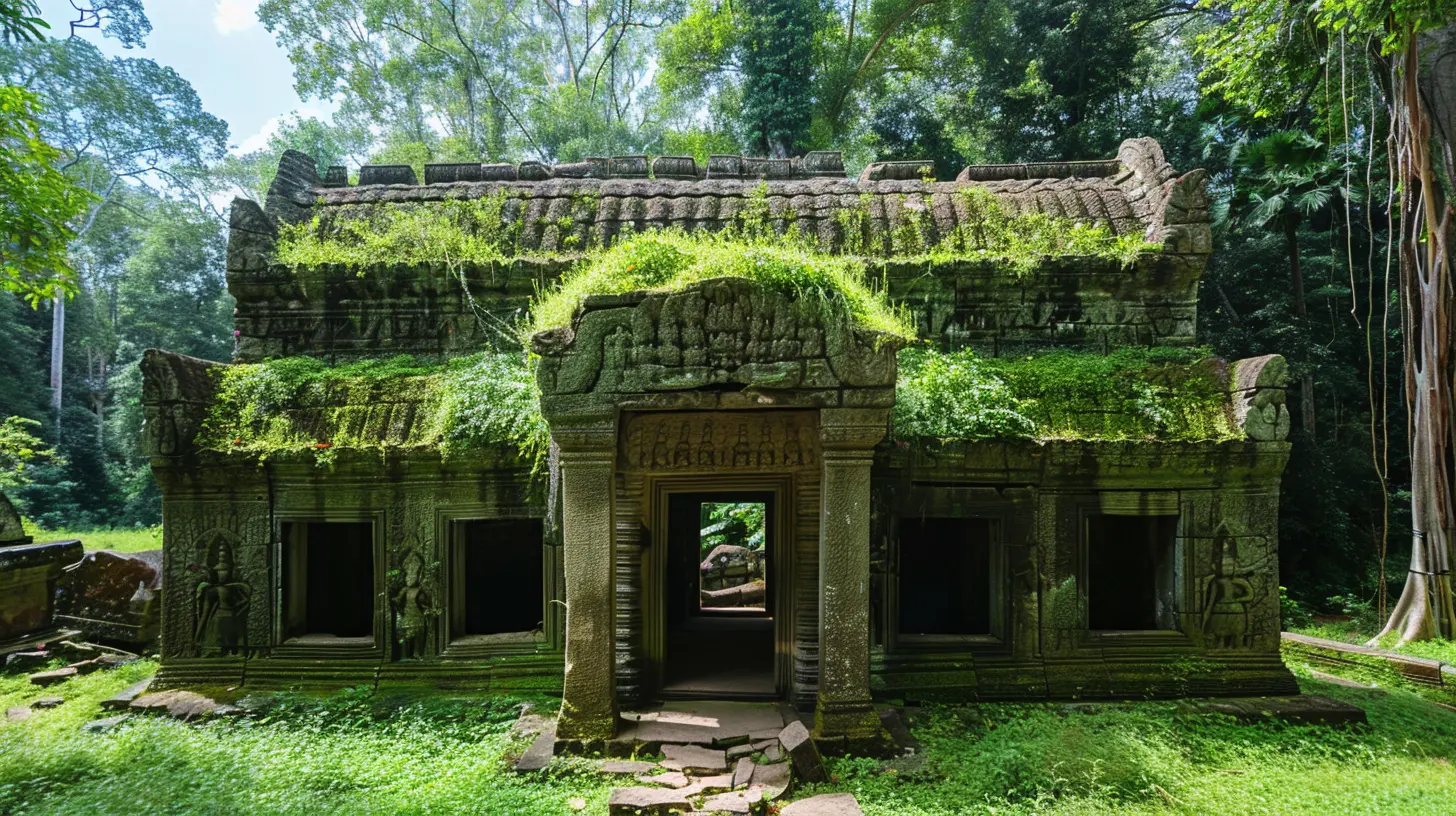
Architecture That Will Blow Your Mind
Let’s talk design—because honestly, it’s bananas.Angkor Wat isn’t just big—it’s a mind-bending example of classical Khmer architecture at its absolute peak. Imagine five lotus-like towers symbolically arranged to represent Mount Meru, the center of the universe in Hindu cosmology. The whole layout is dipped in symbolism, aligning with celestial bodies, sacred geometry, and a deep sense of divine symmetry.
The temple is surrounded by a massive moat that’s nearly 200 meters wide—like a medieval version of a VIP velvet rope. Even the causeway leading to the temple is a dramatic intro, and trust me, it sets the stage for what’s coming.
Once inside, you'll find intricate carvings covering almost every inch of the walls. We're talking over 600 meters of bas-reliefs telling stories from Hindu epics like the Ramayana and Mahabharata. Ever wondered what ancient comic books looked like? This is it—just in stone and way cooler.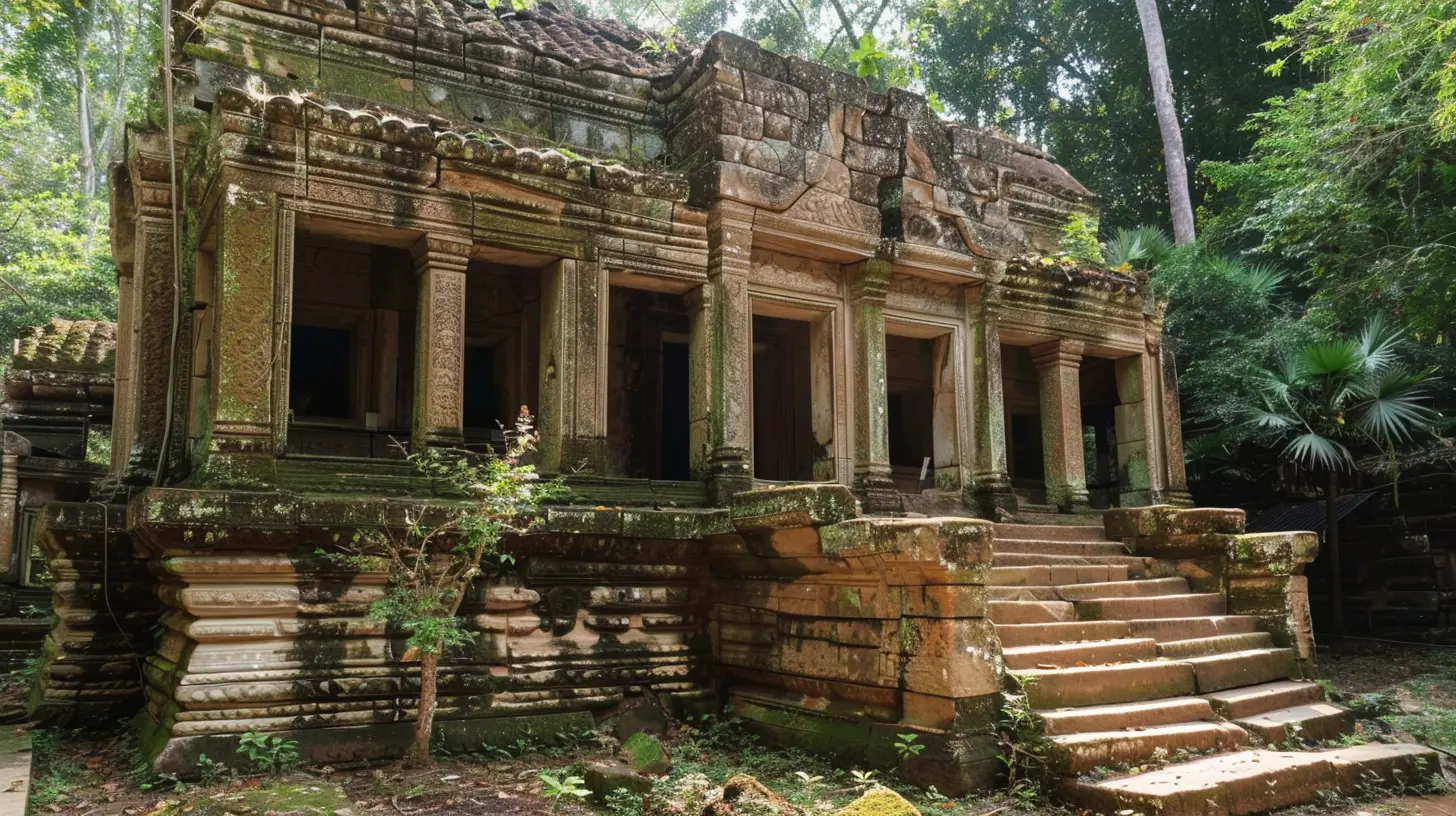
Sunrise at Angkor Wat: Worth the Hype?
Let’s be honest—you’ve probably seen that iconic sunrise photo. You know, the one where the temple towers reflect in the moat while the sky looks like it's been painted in watercolors?Well, spoiler alert: it’s every bit as magical in real life. It might be cliché, but arriving at Angkor Wat before dawn, coffee in hand, and watching the first light hit those ancient stones? Pure spiritual chills.
But here’s a pro-tip: the main view gets crowded. Want a quieter moment? Walk to the back of the complex during sunrise. The light still hits beautifully, and you might get a minute to yourself to soak it all in—just you and 900 years of history whispering in the breeze.
Why This Place Pulls at the Soul
Alright, so we’ve covered the architecture and the history. But what is it about Angkor Wat that grabs people by the heart?It’s hard to explain without getting a little poetic. There’s something about walking those time-worn corridors, where monks once prayed and warriors once tread, that makes time feel... bendy. It’s as if past and present are holding hands.
Even people who wouldn’t call themselves spiritual often say they felt “something” at Angkor. Maybe it's the scale, or the stories carved into stone, or the silence that feels louder than any modern city noise. But whatever it is, it leaves a mark.
Quick Travel Tips for First-Timers
If you’re itching to book your flight to Cambodia now (and who could blame you?), here are some bite-sized tips to make your Angkor Wat adventure even smoother.1. Get That Angkor Pass
To visit Angkor Wat, you’ll need an Angkor Pass. You can choose from a 1-day, 3-day, or 7-day pass. If you have the time, go for the 3-day—it gives you time to breathe and explore neighboring temples too.2. Start Early, Rest Midday
It gets spicy hot in Cambodia, especially around noon. Start your temple trek early, head back to cool off around lunch, and then return in the afternoon when the crowds thin out.3. Dress Respectfully
This goes beyond just comfort—Angkor Wat is a sacred site. Cover your shoulders and knees out of respect for local customs and the spiritual atmosphere.4. Hire a Guide (or Don't)
A guide can share mind-blowing details you’d never notice alone, but if you're more the wander-and-soak-it-up type, you’ll still have a phenomenal time going solo.5. Bring Snacks & Water
There are vendors around, but packing your own fuel keeps you energized. Trust me—there's a lot of walking.Beyond Angkor Wat: Temples You Can’t Miss
Let’s be real—while Angkor Wat is the headliner, the entire Angkor Archaeological Park is like a music festival of mind-blowing temples.Ta Prohm
Yep, this is the one Angelina Jolie made famous in Tomb Raider. Twisting tree roots wrap around the ruins like Mother Nature is trying to reclaim her throne. It’s haunting in the most beautiful way.Bayon Temple
Ever seen a temple covered in 200 giant smiling faces? That’s Bayon for you. Each face has a mysterious Mona Lisa smile that makes you feel both creeped out and comforted.Preah Khan
A lesser-known gem with fewer crowds and equally stunning architecture. This one’s perfect for those “look-what-I-found” travel moments.A Cultural Bridge Between Past and Present
In modern Cambodia, Angkor Wat is more than just an ancient relic. It’s on the national flag, in school textbooks, and in the hearts of Cambodians everywhere. It’s a symbol of pride, resilience, and cultural identity.And while millions of tourists flock to see its beauty, many locals still come to pray, light incense, or simply reflect. That balance between global fascination and local reverence? It’s rare. And it’s beautiful.
The Future of Angkor Wat
Preservation is a big deal here. With climate change, increasing tourism, and natural decay, Angkor Wat faces a ton of challenges. Multiple international efforts are underway to protect and restore it—but it’s a delicate dance.So, when you visit, think of yourself not just as a tourist, but as a temporary guardian. Respect the site, tread lightly, and let its sacred energy shape your journey.
Final Thoughts: Why Angkor Wat Is More Than a Tourist Stop
Here’s the truth: places like Angkor Wat don’t just happen. They’re born from centuries of love, genius, faith, and sacrifice. Visiting isn’t just a photo-op; it’s a chance to connect with something much bigger than yourself.So if you’re craving a travel experience loaded with awe, inspiration, and plenty of wow-worthy moments, Angkor Wat might just be calling you. Loud and clear.
After all, some places you visit. Others? They stay with you forever.
all images in this post were generated using AI tools
Category:
Must See LandmarksAuthor:

Tracie McAdams
Discussion
rate this article
2 comments
Reece McEvoy
Angkor Wat stands as a testament to human creativity and devotion, intertwining nature and spirituality. Exploring its ancient corridors invites reflection on both the past and our place within it. This magnificent temple complex not only enchants the eye but also nourishes the soul.
November 2, 2025 at 5:16 PM

Tracie McAdams
Thank you for your insightful reflection! Angkor Wat truly embodies the beauty of human creativity and spiritual connection.
Drake Alvarez
Angkor Wat isn't just a temple; it's a breathtaking testament to human ingenuity. Explore its majestic beauty and immerse yourself in a history that demands respect.
August 4, 2025 at 5:04 PM

Tracie McAdams
Thank you! Angkor Wat truly embodies the brilliance of human creativity and historical significance, making it a must-visit marvel.
